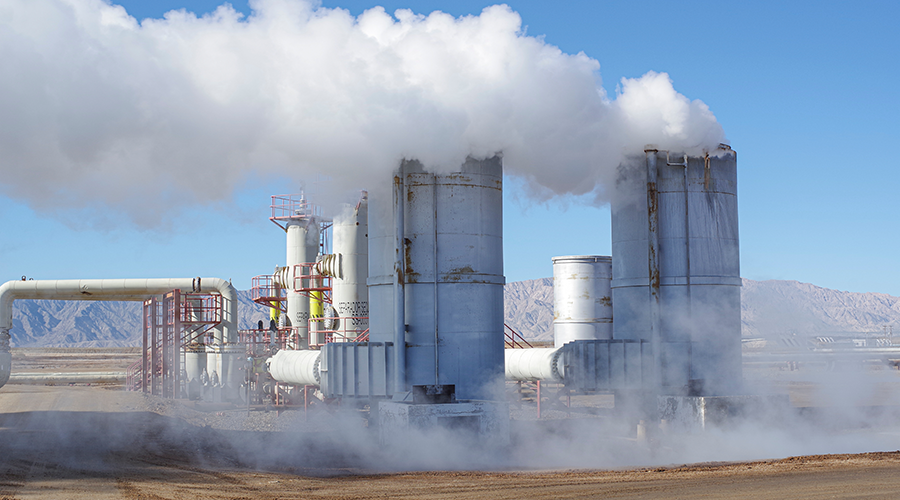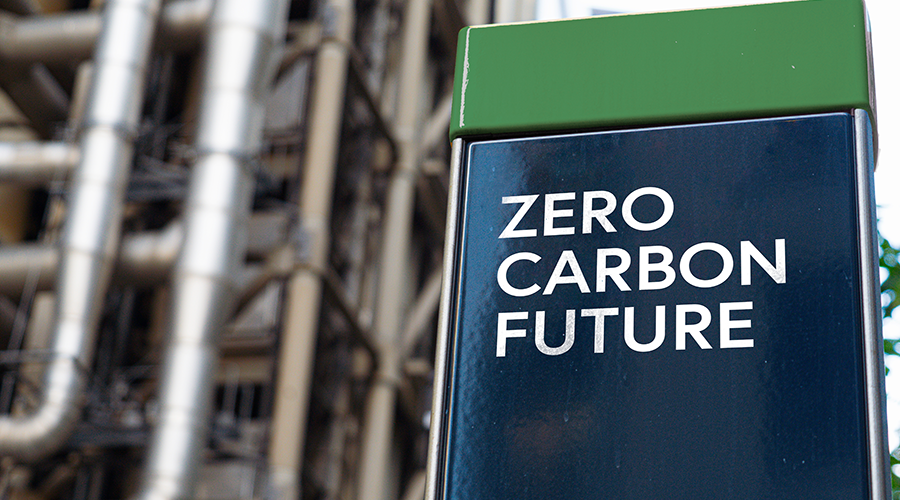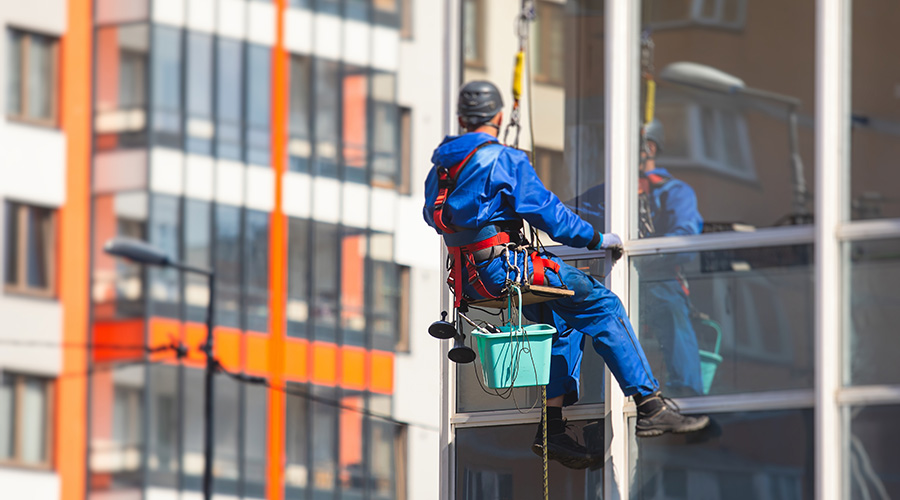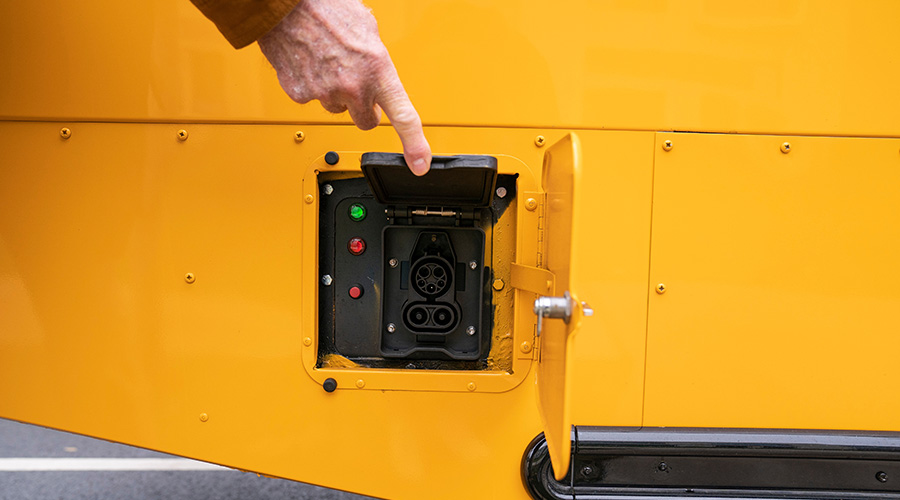
Minnesota School District Dives into Geothermal Technology
High school in St. Paul completes one year with air conditioning; two more schools adding geothermal systems. June 19, 2024
By Dave Lubach, Executive Editor
St. Paul Public Schools in Minnesota is going all in on geothermal technology to heat and cool its buildings.
The school district recently completed its 2023-2024 academic year, which marked the first full year that one of its schools, Johnson High School, had air conditioning. While most districts would take on an extra energy bill because of that, district officials were ecstatic to learn that energy use for the building was down.
Johnson achieved the energy savings following the installation of a geothermal system that’s using renewable energy from the ground for heating and cooling, as an article in the Sahan Journal described.
The system’s well is positioned 300 feet below the school’s baseball field. The geothermal system provides the district an affordable and renewable energy source “by harnessing temperatures below the earth’s surface that remain constantly stable year-round.”
The system does not require the use of water and connects 160 wells to seven heat pumps, according to the article, as the heat pumps then connect to a series of white pipes in the basement of the school.
Johnson’s geothermal system is set up so that heating and cooling can take place in different parts of the building at different times. When the temperatures dip below 30 degrees Fahrenheit, the traditional furnace is still used.
School officials have yet to determine average monthly savings with the geothermal system, but the district feels that the system gets it closer to the goal of reducing greenhouse gas emissions 45 percent by 2030.
The geothermal trend will continue within the district at two more schools but with a different setup. The next two schools will have larger wells connected to underground aquifers and exchange heat with water.
Geothermal represents just 1 percent of the electricity generation in the state as of 2022, according to the U.S. Energy Information Administration. But thanks to the Inflation Reduction Act, Minnesota schools qualify for a 30 percent tax credit on energy saving projects to help encourage such energy programs.
Dave Lubach is executive editor of the facilities market.
Next
Read next on FacilitiesNet












